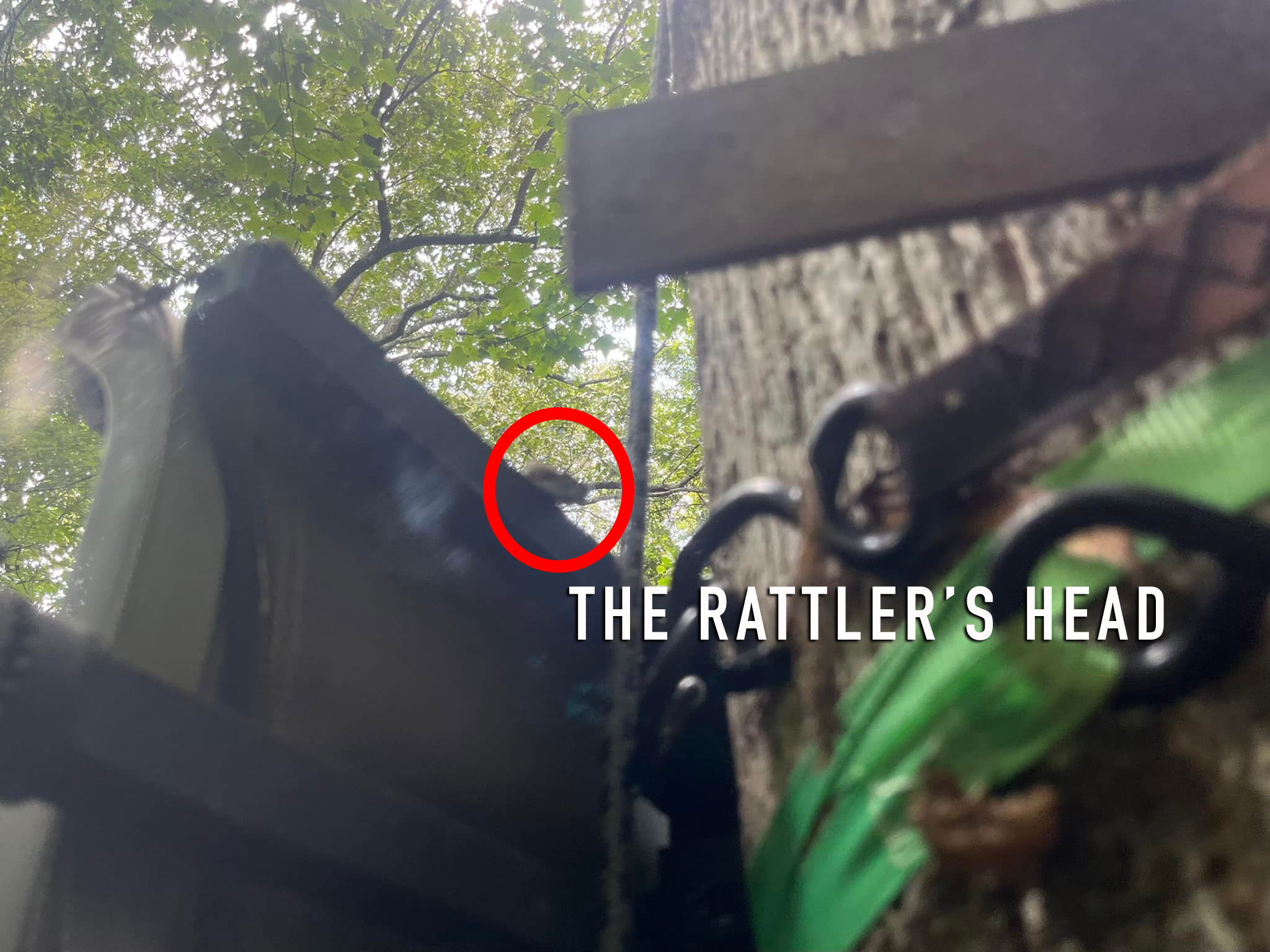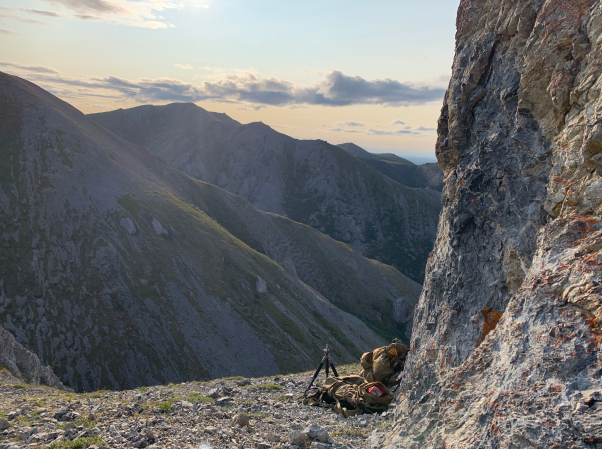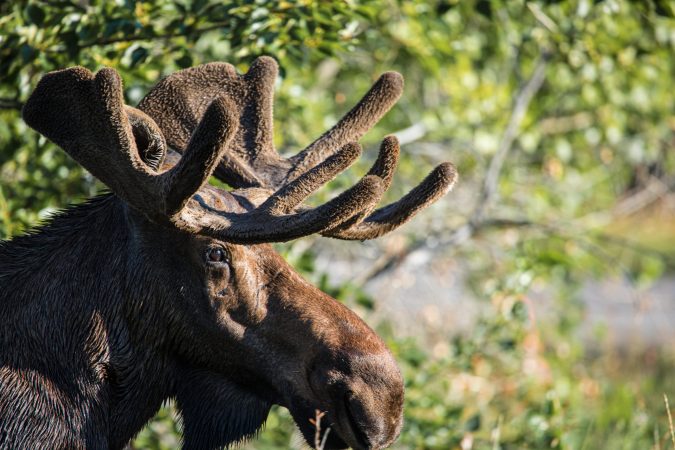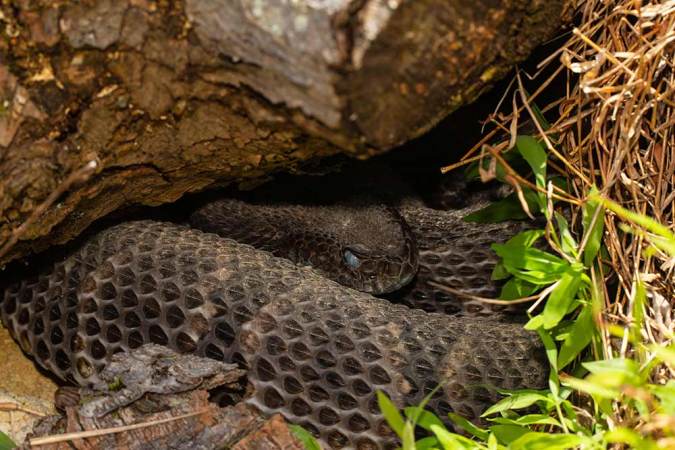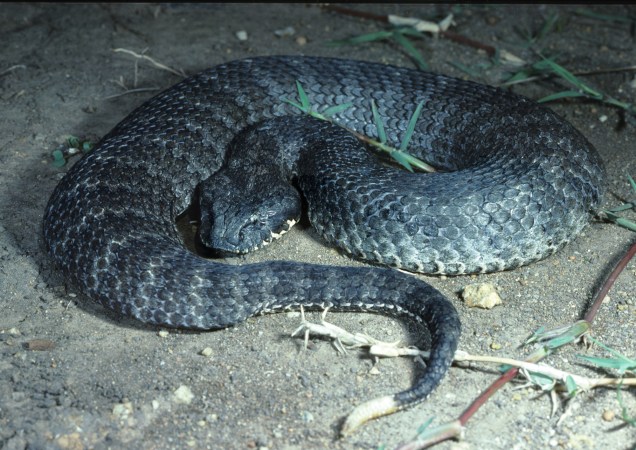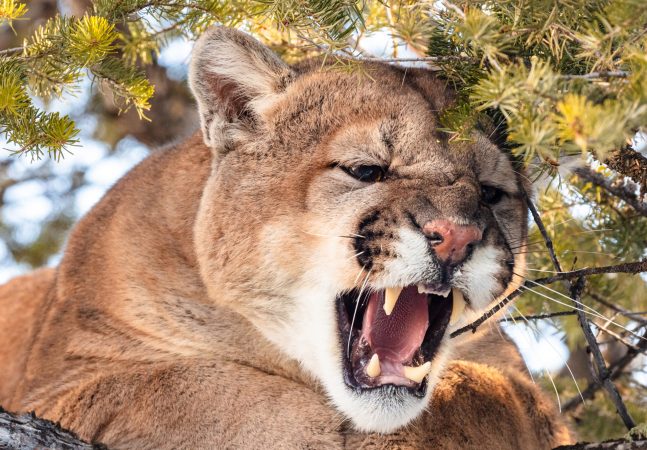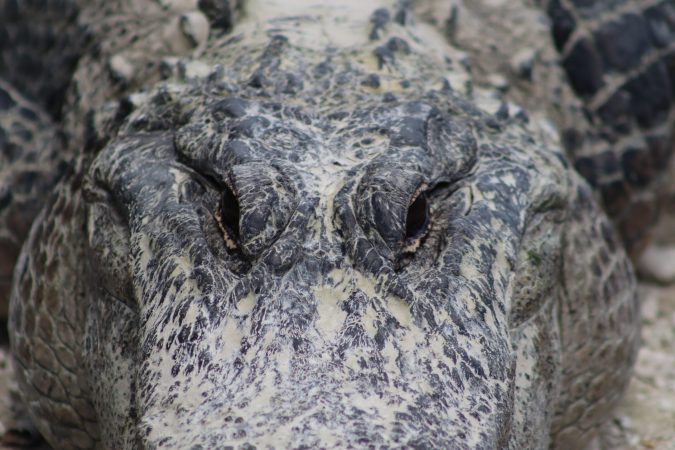It was Aug. 13, just after noon, and wildlife biologist Brian Murphy was in deer-rich Morgan County, Georgia inspecting his treestands before hunting season.
“This is a first—and hopefully a last—for me,” Murphy wrote in a Facebook post. “Over the past 30-plus years, I’ve climbed in and out of countless treestands and have become accustomed to occasional unwanted guests including wasps, spiders, raccoons, owls, and few other critters, but never a three-foot timber rattler.”
Murphy says he was 20 feet high in a tree replacing a ratchet strap on a lock-on stand when he noticed a snake staring at him from eye level, just 18 inches away.
“I had already been fiddling with the stand for a good three to four minutes, with my hands in striking range (of the snake) several times,” wrote Murphy, vice president for corporate relations at Huntstand. “My first thought was rat snake, but then I noticed the unmistakable shape of a pit viper head and realized it was a ‘nope rope’!”
Murphy climbed down from the stand, found a tree limb, and then went back up to flip the rattler out of the stand.
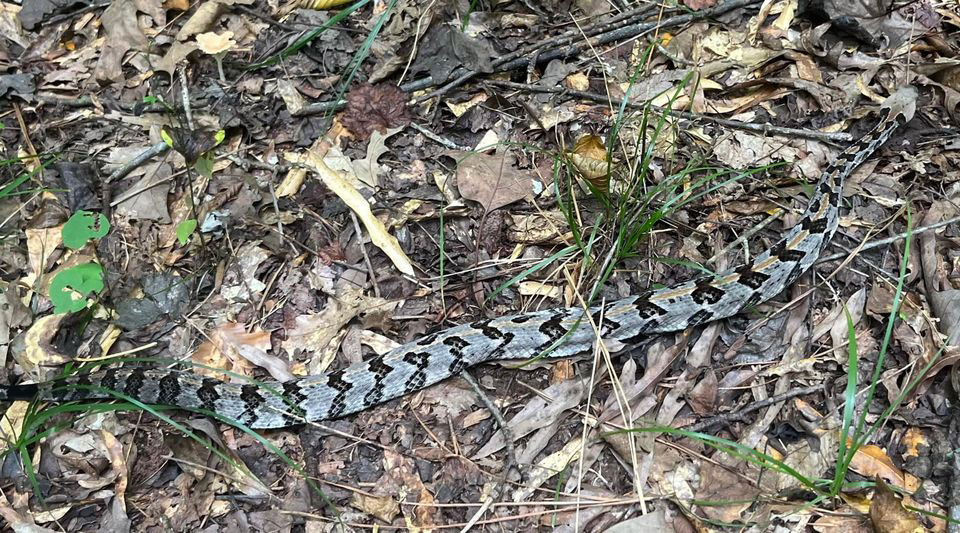
“Boy, would this have been trouble if it had struck my face while in the tree or if a hunter climbed in before daylight and opened the seat to sit down,” he said. “Thought I’d just about seen it all in tree stands, but never even considered the remote possibility of finding a rattler! Be careful out there.”
Since rattlesnakes are not known for climbing, how the snake got up in the tree and into the stand seat is a mystery that may never be resolved.
Read Next: 7 Ways Not to Die from a Rattlesnake Bite
Timber rattlesnakes are a venomous species of pit viper that live throughout the East and Midwest. They can grow up to 60 inches in length, but most are smaller. The species has a broad, triangular-shaped head and narrow neck, a distinctive barred body pattern, significantly keeled scales, a gray to tan rattle with 1 to over 13 segments, and a single anal plate, according to the Minnesota Department of Natural Resources. Timber rattlesnakes also have a sensory pit, visible on each side of their head, between their eye and nostril. Their eyes have vertically elliptical pupils.

